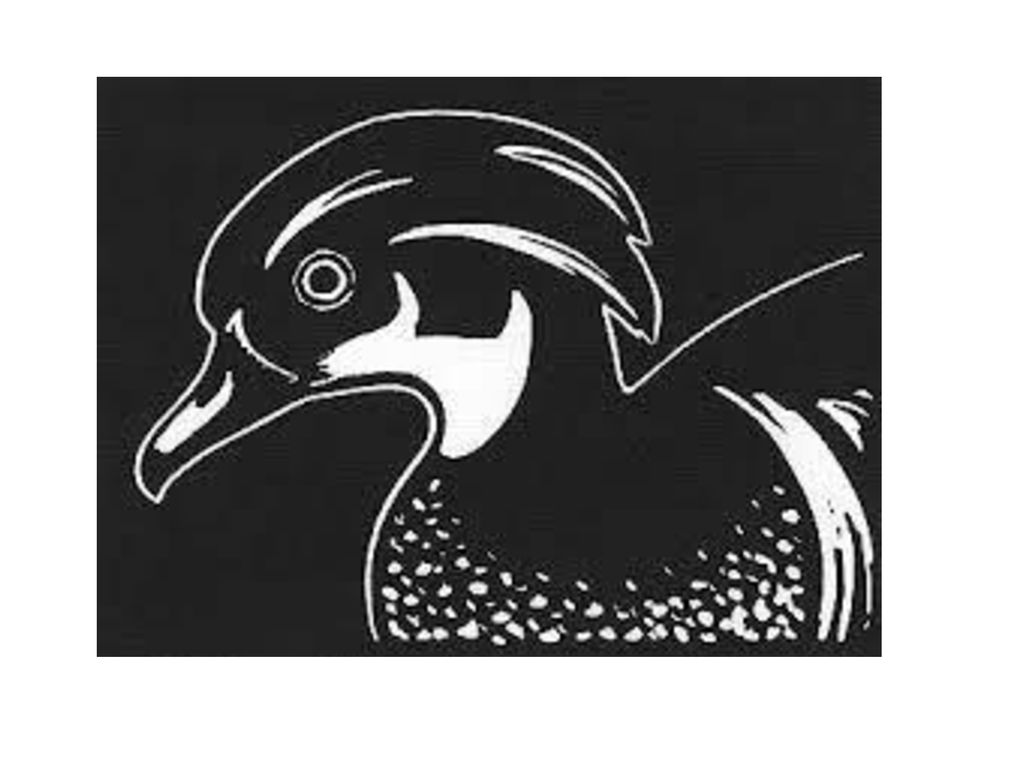Exploring the Intricate Dimensions of Relief Sculpture: Unveiling its Distinctive Characteristics
2 min read
Relief sculpture, a captivating art form that has stood the test of time, holds a unique place in the realm of artistic expression. With its ability to seamlessly blend two-dimensional and three-dimensional elements, relief sculpture offers a mesmerizing visual experience. In this blog post, we will delve into the distinctive characteristics of relief sculpture, exploring its various dimensions and shedding light on its significance in the art world.
- Depth and Perspective:
One of the defining features of relief sculpture is its ability to create an illusion of depth and perspective within a limited space. Unlike fully three-dimensional sculptures, relief sculptures are typically attached to a background surface, be it a wall, panel, or architectural structure. Through the clever manipulation of light and shadow, artists skillfully create the illusion of depth, allowing the viewer to perceive a sense of spatiality and dimensionality. - Levels of Relief:
Relief sculptures can be categorized into different levels based on the degree of projection from the background surface. These levels include high relief, low relief (also known as bas-relief), and sunken relief. High relief sculptures exhibit a significant projection, with elements almost fully detached from the background. Low relief sculptures, on the other hand, have a shallow projection, with the main subject matter slightly raised from the surface. Sunken relief, as the name suggests, involves carving the design into the background surface, creating a sunken effect. - Narrative and Storytelling:
Relief sculptures have long been used as a medium for storytelling and conveying narratives. From ancient civilizations to contemporary artists, relief sculptures have depicted historical events, mythological tales, religious stories, and everyday life. The ability to depict multiple scenes within a single composition allows artists to capture the essence of a story, engaging viewers and evoking emotions through their intricate craftsmanship. - Texture and Detail:
The tactile quality of relief sculptures is another characteristic that sets them apart. Artists employ various techniques to create texture and detail, enhancing the visual and sensory experience. Through the skillful use of carving tools, sculptors can bring forth intricate patterns, delicate drapery, and lifelike textures. The interplay of light and shadow further accentuates these details, adding depth and realism to the artwork. - Integration with Architecture:
Relief sculptures have a long-standing relationship with architecture, often adorning the facades of buildings, temples, and monuments. This integration allows for a seamless fusion of art and architecture, enhancing the overall aesthetic appeal of the structure. Relief sculptures can serve as decorative elements, commemorative reliefs, or even functional components, such as doorways or friezes.
Conclusion:
Relief sculpture, with its distinctive characteristics of depth, levels of relief, narrative storytelling, texture, and integration with architecture, continues to captivate art enthusiasts worldwide. Its ability to transcend time and space, conveying stories and evoking emotions, solidifies its place as a cherished form of artistic expression. Whether it be ancient masterpieces or contemporary creations, relief sculpture remains an enduring testament to human creativity and ingenuity.
